If the thought of yoga brings to mind backbends and handstands, think again. You don't have to be a professional yogi or even particularly flexible to enjoy the benefits of these simpler, more accessible poses.
One of them is the viparita karani pose commonly known as the legs-up-the-wall pose. As the name suggests, the torso and head lie flat on the ground while the legs are placed upside down on the wall.
Below, Dr. Robert Saper, Director of Health and Preventive Medicine, shares the benefits of the legs-up-the-wall pose for the body and how to do it safely:
Health Benefits of Legs Up the Wall Pose
According to the Cleveland Clinic , legs-up-the-wall pose is one of several yoga poses known as inversions (e.g., downward-facing dog, shoulder stand, and headstand).
In Sanskrit, viparita means inverted and karani means active. When you do the legs-on-the-wall pose, you are in an active inversion. With your legs above the rest of your body, gravity acts on them in a way that it cannot during most of the day. This is an easy pose to do.
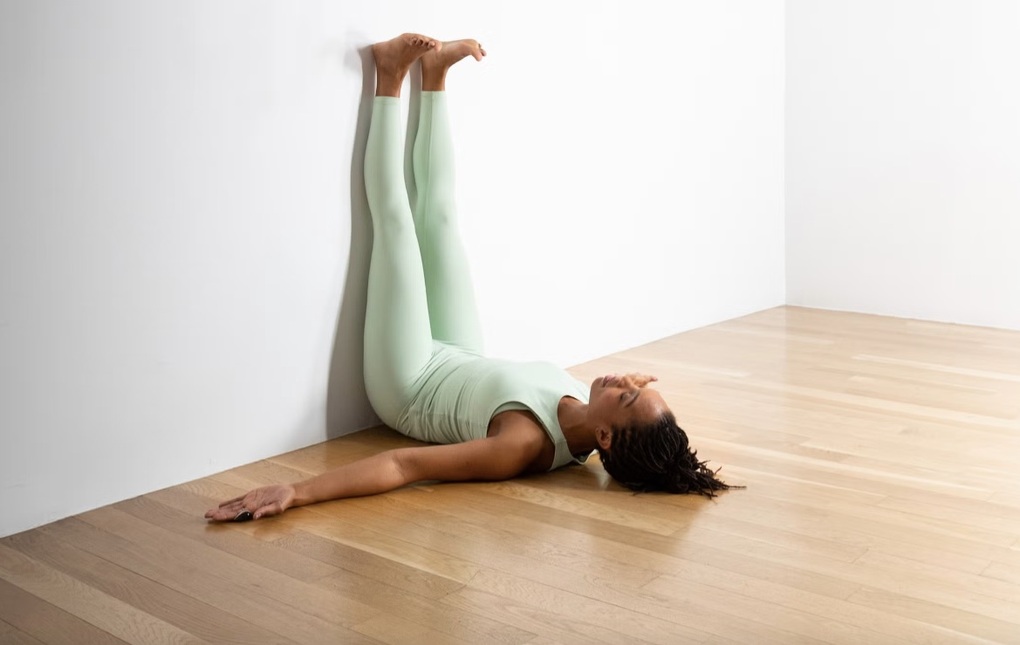
Legs-up-the-wall pose is very good for the circulatory system (Photo: Yoga journal).
“The advantage of this pose over headstand or shoulderstand is that you can get the benefits of an inverted pose without putting stress or pressure on your neck and head,” explains Dr. Saper.
He warns that anyone with chronic neck pain or any disorders of the cervical spine should not perform shoulder stand or head stand.
Improve blood circulation
A common cause of swollen legs is venous insufficiency, when the leg veins do not effectively return blood from the legs to the heart. Poor circulation is associated with blood pooling in the legs, increasing the risk of blood clots and causing, at the very least, swelling and discomfort.
Even if you don't have chronic venous insufficiency, standing or sitting all day can restrict blood flow back into your body. However, the legs-up-the-wall pose can help.
“The main benefit of this pose is that it helps return the body fluids stored in the legs to circulation. Holding this pose allows blood to return and reduces swelling in the lower legs,” says Dr. Saper.
Helps reduce stress
Research shows that yoga in general can have a positive effect on the body's stress response system. Restorative yoga poses like legs-up-the-wall pose are designed to put your body into a state of relaxation.
“Many patients report that they find this pose very relaxing,” says Dr. Saper. Reduced stress is linked to better overall physical and mental health, and even a stronger immune system.
If the legs-up-the-wall pose helps you relax, it may actually help you feel better overall, but be wary of any claims that it's a cure-all.
“Some people claim it relieves other conditions like headaches and high blood pressure, but there's no evidence of that,” Dr. Saper explains.
Frequency of implementation
“As a yoga researcher and yoga instructor, I recommend doing this pose as part of an overall restorative yoga practice, done at the end of your practice,” says Dr. Saper.
This pose is safe to do regularly, perhaps once or twice a day, whether as part of a regular yoga practice or as a standalone pose.
How to do it
“You should first get guidance from a yoga teacher to ensure you do it safely and without straining your neck, head, or spine. But this pose is quite easy to do,” advises Dr. Saper.
How to do the legs up the wall pose:
- Prepare equipment: Spread a blanket or yoga mat on the floor, next to the wall and use a thin pillow to support your head if needed.
- Prepare your position: Lie down on a blanket or mat, with your buttocks facing the wall; your tailbone should be on the floor, with your buttocks a few centimeters from the wall. Your back and head should be aligned on the floor, perpendicular to the wall, and relaxed.
- Feel the stretch: The back of your leg should be against the wall, your knee relaxed and your foot parallel to the floor. You should feel a slight stretch in your leg, but it shouldn't be painful.
- Relax: Relax and breathe deeply while holding the pose. You should hold this pose for about 2-3 minutes or longer if you like.
- Slowly come out of the pose: When finished, gently sit back down. You should not suddenly come out of the inversion pose.
Who should not do the legs-up-the-wall pose?
As with any yoga pose, legs-up-the-wall pose has some risks. Avoid this pose if you have been diagnosed with the following conditions:
- Glaucoma, migraine.
- Conditions that cause excessive fluid retention.
- Congestive heart failure.
- Kidney failure.
- Liver failure or cirrhosis.
- Uncontrolled high blood pressure.
Source: https://dantri.com.vn/suc-khoe/tu-the-yoga-don-gian-den-bat-ngo-gac-chan-len-tuong-va-loi-ich-khong-ngo-20250905163644651.htm



![[Photo] Bustling Mid-Autumn Festival at the Museum of Ethnology](https://vphoto.vietnam.vn/thumb/1200x675/vietnam/resource/IMAGE/2025/10/4/da8d5927734d4ca58e3eced14bc435a3)


![[Photo] General Secretary To Lam attends the 8th Congress of the Central Public Security Party Committee](https://vphoto.vietnam.vn/thumb/1200x675/vietnam/resource/IMAGE/2025/10/4/79fadf490f674dc483794f2d955f6045)
![[Photo] Solemn opening of the 8th Congress of the Central Public Security Party Committee, term 2025-2030](https://vphoto.vietnam.vn/thumb/1200x675/vietnam/resource/IMAGE/2025/10/4/f3b00fb779f44979809441a4dac5c7df)



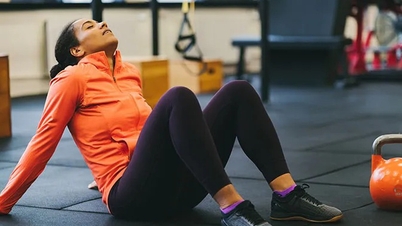

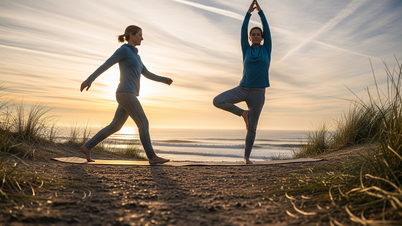
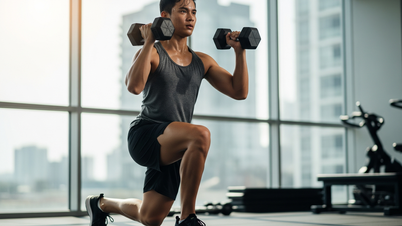



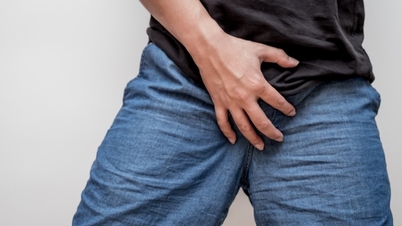










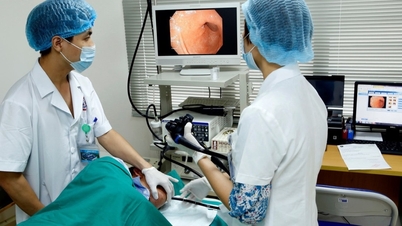

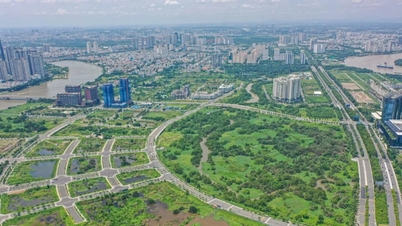




























![[VIDEO] Summary of Petrovietnam's 50th Anniversary Ceremony](https://vphoto.vietnam.vn/thumb/402x226/vietnam/resource/IMAGE/2025/10/4/abe133bdb8114793a16d4fe3e5bd0f12)
![[VIDEO] GENERAL SECRETARY TO LAM AWARDS PETROVIETNAM 8 GOLDEN WORDS: "PIONEER - EXCELLENT - SUSTAINABLE - GLOBAL"](https://vphoto.vietnam.vn/thumb/402x226/vietnam/resource/IMAGE/2025/7/23/c2fdb48863e846cfa9fb8e6ea9cf44e7)


















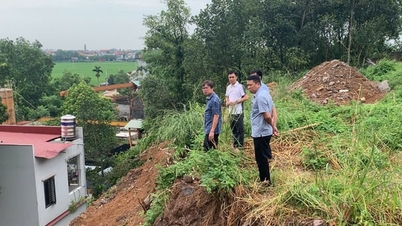



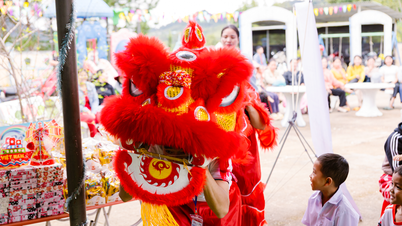








Comment (0)